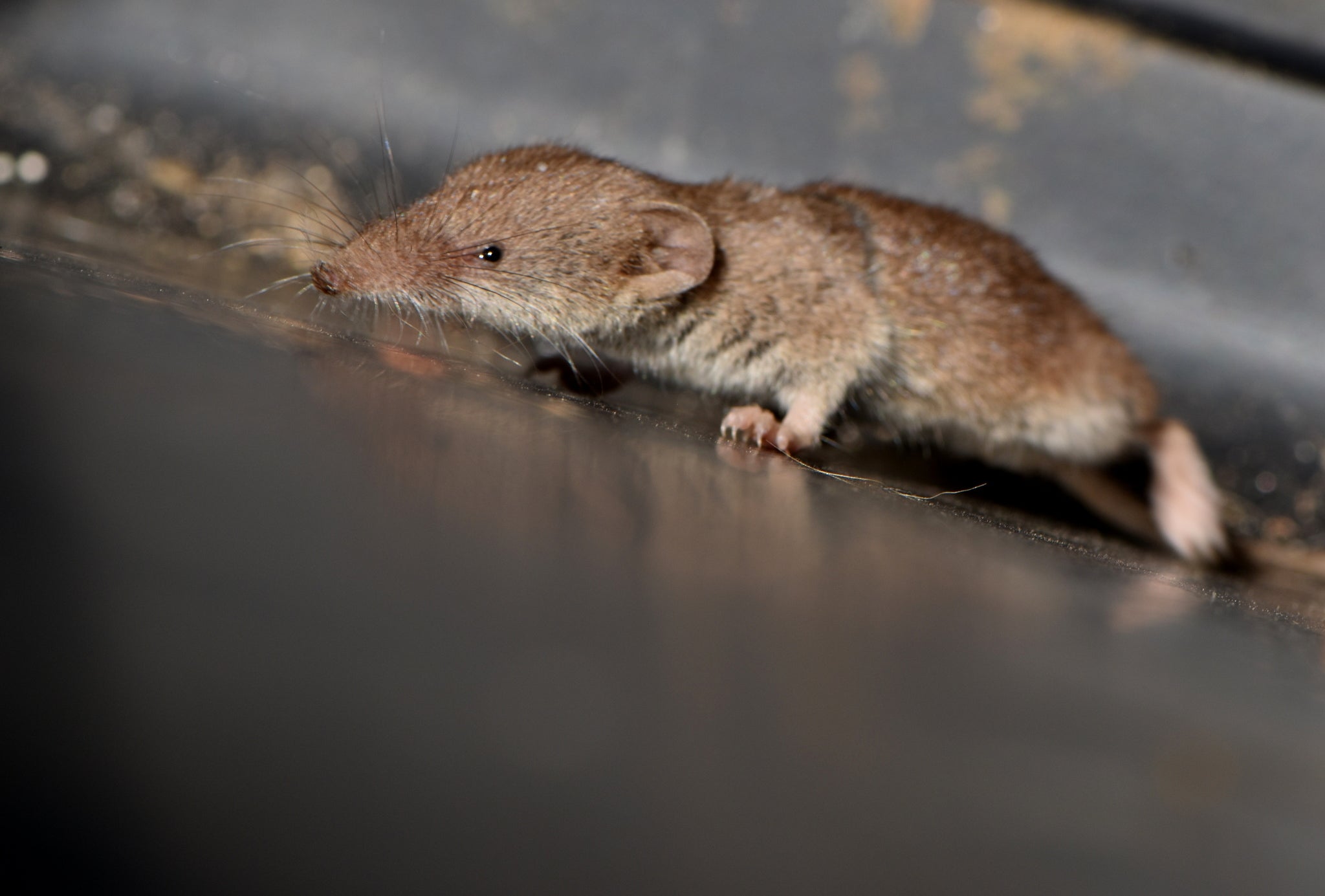Greater white-toothed shrew becomes UK’s first new mammal species in a century
Ecologists fear the species could threaten other animals of its kind
Your support helps us to tell the story
From reproductive rights to climate change to Big Tech, The Independent is on the ground when the story is developing. Whether it's investigating the financials of Elon Musk's pro-Trump PAC or producing our latest documentary, 'The A Word', which shines a light on the American women fighting for reproductive rights, we know how important it is to parse out the facts from the messaging.
At such a critical moment in US history, we need reporters on the ground. Your donation allows us to keep sending journalists to speak to both sides of the story.
The Independent is trusted by Americans across the entire political spectrum. And unlike many other quality news outlets, we choose not to lock Americans out of our reporting and analysis with paywalls. We believe quality journalism should be available to everyone, paid for by those who can afford it.
Your support makes all the difference.The greater white-toothed shrew has become the UK’s first mammal species in a century after a social media post led to the animal’s discovery.
A Facebook picture of the animal caught by a cat led to the identification of the first non-native mammal to be established in the UK since the 1920s.
The greater white-toothed shrew has never before been found before on mainland Britain.
Ecologists are worried, however, that the animal could wipe out populations of the UK's pygmy shrews, as happened in Ireland, where they first appeared in 2007.
Melissa Young, a digital marketing executive in Sunderland, posted pictures of the new shrew, which had been caught by her cat in the garage, leading to the discovery by ecologist Ian Bond.
Tests carried out by experts from the British Mammal Society confirm that it is a greater white-toothed shrew, which is found in western continental Europe, on Guernsey, Alderney and Herm, as well as a small part of north Africa.
The Sunderland population of the shrew would be the most northerly anywhere in the world.
Melissa Young said she was amazed that the wildlife on her doorstep could lead to the discovery.

“I’ve always kept my cats indoors to reduce their impact on wildlife, so I was really surprised when they regularly started catching shrews. Thankfully, most were able to escape without injury, but the opportunity to study those that didn’t make it has led to this invaluable discovery,” Ms Young said.
“The wildlife on your doorstep is simply amazing and I’m thankful to Ian for his observations and guidance which led to us taking a closer look at something most people wouldn’t look at twice.”
Ecologist Ian Bond said he noticed the white-toothed shrew because of its distinctive head and resemblance to a character from children’s TV show the Clangers.
Following contact with Mr Bond, Ms Young kept the suspected shrew in her freezer so further tests could be undertaken. A subsequent DNA test, undertaken by Ecotype Genetics and Swift Ecology Ltd, confirmed it to be the greater white-toothed shrew.
The Mammal Society’s Allan McDevitt said it is no surprise that the greater white-toothed shrew made its way to mainland Britain after first being identified in Ireland more than a decade ago.
“This is a worrying development however as this invasive shrew is clearly associated with the local disappearance of the native pygmy shrew in Ireland,” Mr McDevitt said.
“It is known to outcompete other species of shrews on other islands, so it is urgent that its distribution and potential impacts on other shrew species is quickly assessed.”
Gavin Measures, Invasive Non-Native Species lead at Natural England added: “This is a fantastic example of how important it is to be vigilant for invasive species in our gardens, parks and green spaces.
“We greatly encourage everyone to take part in citizen science as it supports the vital work of Natural England to protect the environment. This non-native shrew has had a negative effect on the Irish ecosystem. Evidence of this species in the United Kingdom now requires further investigation to establish how widespread it is, and any possible impact on our small mammal community”.




Join our commenting forum
Join thought-provoking conversations, follow other Independent readers and see their replies
Comments